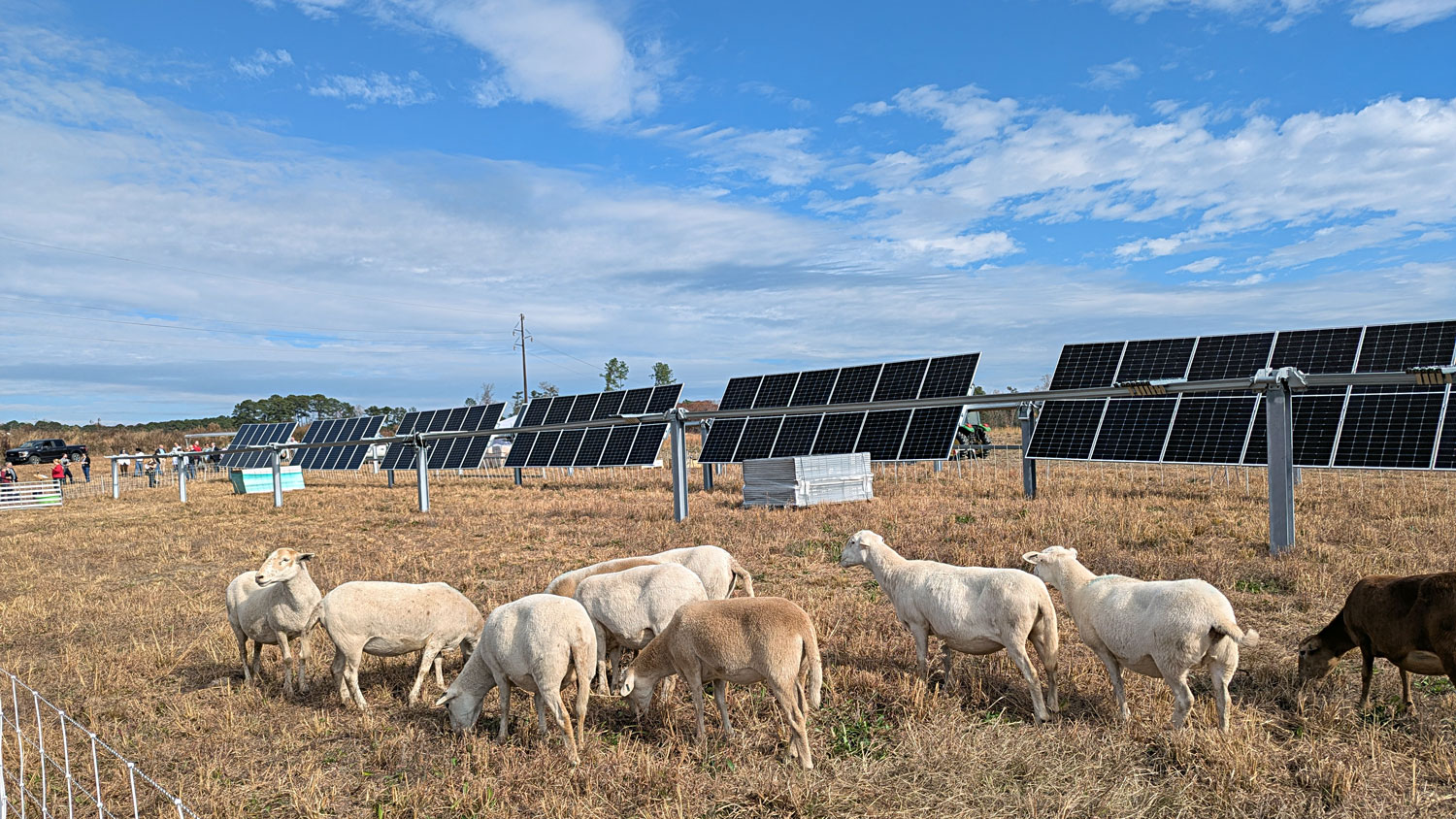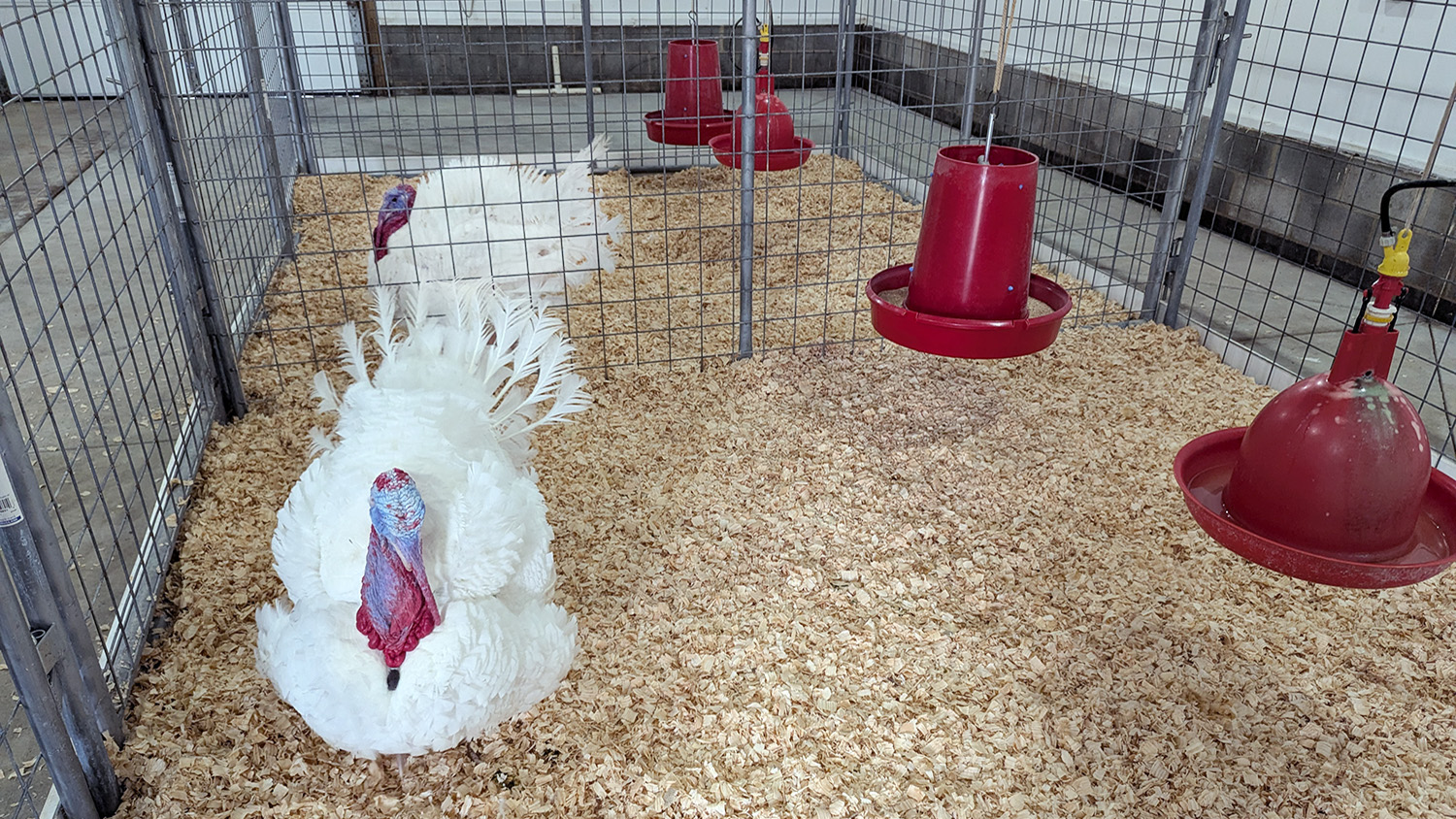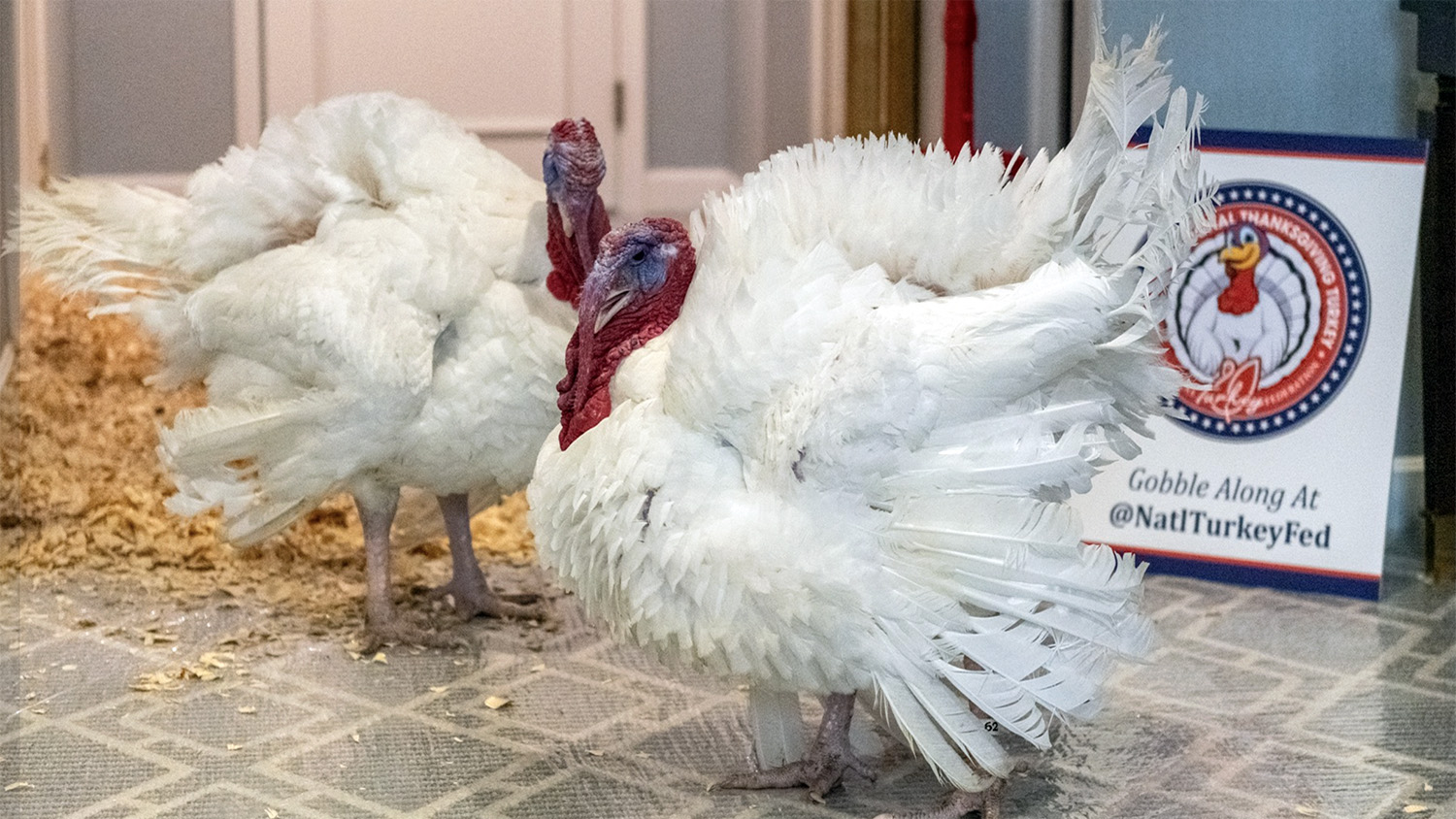College Profile: Amy McLean
CALS equine specialist Dr. Amy McLean plays a key role in an international initiative to improve the health, welfare and productivity of working equids.
The College of Agriculture and Life Sciences’ Dr. Amy McLean is an assistant professor in the Department of Animal Science and the equine specialist in Extension horse husbandry. McLean, who came to N.C. State University in January of this year, works with the 4-H horse judging program. Her responsibilities as equine specialist include the dissemination of research and equine management ideas with the industry on both adult and youth levels, to help improve the overall understanding of equine management, health and well-being.
But if you ask her if she’s been a “horse” person all her life, she’ll tell you it’s more appropriate to say she’s always been a “mule” person. That’s because she grew up in Madison, Ga., on a donkey and mule farm before she earned her undergraduate and master’s degrees at the University of Georgia and her Ph.D. at Michigan State. Her area of expertise is in the behavior donkeys and mules.

She recently put that expertise to good use when she travelled to Mexico in October to assist the Equitarian Initiative (EI), a group project of equine veterinarians and caregivers that seek to provide education and assistance to working equids and the families who use them. A working equid is a horse, mule or donkey that is used for work in agriculture, transportation or other activities primarily for family income. According to its website, the EI prepares veterinarians to deliver health care and education to improve the health, nutrition, productivity and welfare of the animals. The site notes that, in the developing world, there are an estimated 100 million working equids.
The recent EI in Vera Cruz was hosted by the Universidad Nacional Autonoma de Mexico (UNAM) in Mexico City and by the Donkey Sanctuary, the world’s largest donkey and mule charity, headquartered in the United Kingdom.
“The EI is set up to help educate veterinarians on how to develop their own initiative in a developing country,” said McLean. “The week-long workshop exposes them to working in field conditions without all the necessities and tools that are used often times to diagnose cases.”

The vets practice working with people who speak another language and coping with cultural differences, she said, along with handling and treating animals that may have come in contact with humans in negative situations.
McLean said that the program has been successful in training veterinarians, as well as vet students that attend UNAM, on how to work in field settings with very few tools and yet still adequately treat working equids or equines that are desperately needed for work by their owners. The project basically has two main objectives, she said: First, to train veterinarians and inspire them to set up their own EI in a developing country and, second, to train local veterinary students to work in these communities “by exposing them to experts from around the world with new techniques and ideas.”
When guiding veterinarians and others in the successful handling of working equids, she said, “We train them to look for specific signs in how the animal reacts before approaching, when approaching and during the procedures. We also ask that they work with the owners when doing certain procedures. Techniques are shared via power points and live demonstrations.”
In the region her team visited in Mexico, the owners primarily use the animals for planting and harvesting coffee. The EI group travelled to remote villages and provided free veterinary services, husbandry and management tips and procedures to the small share-holder farmers working with the donkeys, mules and horses there.

As part of the workshop, McLean and her colleagues did a presentation on the equid-human relationship — an assessment of welfare, focused on the relationship between equid owner and service providers, such as veterinarians and farriers.
McLean found that the owners of the mules in the communities they visited were quite interested in sharing their stories and learning about what the Equitarian group was doing.
“Since I own a mule, they all wanted to learn more about my mule,” she said. “I think it makes the owners proud to own a mule and show them off! Most of all the owners agreed or said that in order to have a good mule, you must begin working with the mule from day one, and you cannot beat him, to gain his trust.”
This is McLean’s second year to be invited to serve as a trainer for the project. She worked with UNAM, the Donkey Sanctuary and colleagues from Michigan State and South Dakota State universities, along with UNAM professors from the Extension Research Campus in Veracruz, measuring behavioral responses of mules in certain routine medical procedures. They were “attempting to learn more about their behavior to improve handling and training techniques for owners and para/professionals working with these animals in field conditions,” McLean said.

“I was invited last year to learn more about the communities and the working equid conditions,” she said, “as well as to share ideas on how the veterinarians and vet students could more efficiently and safely work with donkeys and mules in terms of practicing routine procedures. It’s been a very enlightening and rewarding experience. Each year I have had the chance to meet veterinarians from all across the United States and the world.”
This year, McLean was working with her colleagues on a participatory study examining equine welfare and gathering data on how each animal was initially trained, as well as other data.
The study included collection of behavioral data on mules in terms of responses to familiar and unfamiliar people. “A second pilot study looked at heart rate variability of equine undergoing dentistry without sedation,” she said.
With some interesting results, she said: “Heart rate data was collected on horses, mules, and donkeys that were undergoing dentistry procedures without sedation,” she said. “A colleague from Portugal had previously written his dissertation on doing dentistry in donkeys without sedation, and often times bringing in sedatives to developing countries is extremely difficult. Dr. Joao Rodriguez and my other colleagues were interested in the physiological reactions of how the animals would respond to no sedation and [whether] they would be stressed or in pain.

“We found that the animals — horses, mules and donkeys — that were tested all remained within the baseline values [of heart rate variability] when having their teeth floated without sedation,” she said, explaining that “floating” is a process that files down sharp edges on the molars of the equine’s teeth.
“This was very interesting that the animals didn’t increase their heart rate, because that indicates the animal is not stressed during the procedure and not experiencing pain. We shared the information with the owners,” she said, noting that the veterinarians “were amazed” at the findings.
Teeth in poor shape “can often lead to many health concerns, primarily drastic loss of weight and decreased performance, because it becomes very painful to chew and eat grass or other forages,” she said. “This research, along with the participatory data collected, will hopefully be presented at the Working Equid Colloquium in 2014 in the U.K. as holistic approaches to veterinary work in developing countries.”

She’s also been invited to be part of a future Equitarian Initiative in Guatemala to do more training and behavior workshops.
Upon her return home, her intention was “to use some of the behavior data to share with veterinarians and mule owners here in the states,” she said. And, she reported, those efforts have begun.
McLean was invited to share her expertise recently at the first annual Donkey Welfare Symposium held Nov. 1-3 at the University of California-Davis. Attending were 150 people from all over the world, but primarily from the United States, including animal owners, veterinarians and representatives of adoption activities and sanctuaries.
“In the future I hope to expose more students and owners to this work and have them get involved either by attending future EIs or offering presentations through Blackboard Collaborate,” she said. “I think people often forget or don’t realize that only 20 percent of the world’s equine population is used as performance or recreational animals, and the remaining 80 percent is working for the world’s poorest of the poor as beast of burden or working equids.”
She is also back overseeing CALS equine programs, including the 4-H youth horse judging team. Her team had a stellar 2012-2013 season, including a world championship in the American Quarter Horse Youth Association World Show last summer. (See the Perspectives story.) This year’s team has already resumed those winning ways as champion of the October All American Quarter Horse Congress, beating out 25 other youth teams, and in November it won the Eastern Nationals 4-H Horse Round-up against 23 teams.
Those endeavors, along with her work with equine Extension, will certainly benefit from her Equitarian experiences.

“I think the biggest thing is to learn even more about equid-human interactions and bonds,” she said. “Learning about the fundamentals in how people perceive and use equine can ultimately affect management and care.” – Terri Leith
- Categories:


